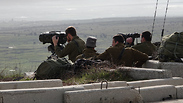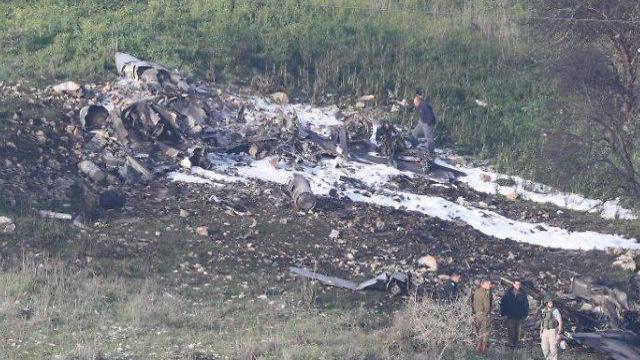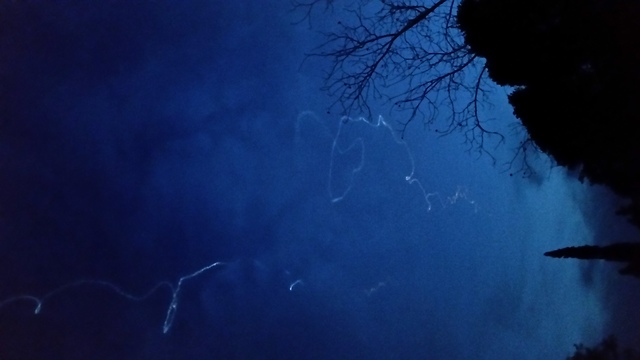

Iranians pushing for a new northern status quo
Op-ed: Saturday's escalation and provocation by Iran in Syria was meant to show the latter regional power was perfectly capable of filtrating Israel; the Syrian airfield from which the drone was launched contains a Russian presence, in both personnel and aircraft, and so retaliation needed to be surgically precise; Israel also sent a message with its retaliation to Russia, the US, signaling the Iranian presence will not be tolerated.
The serious incident involving an Iranian drone infiltrating Israeli territory and the air force strike that followed it may point to the commencement of a new situation, in which the Iranians and Syrians coordinate military offensives against Israel.
While the Syrians mostly retaliated thus far through diplomatic channels or by firing antiaircraft missiles following Israeli attacks, Saturday's events mark an initiated action that started with the launch of an Iranian drone into Israel and progressed with massive antiaircraft fire against fighter jets that attacked within Syria in retaliation to the drone's encroachment.
An F-16i fighter jet—the most advanced F-16 model in air force commission—was downed as a result of the aforementioned Israeli retaliation. If the jet was indeed hit by a Syrian antiaircraft missile, the air force will have to rapidly draw some conclusions and change its methods and means of operation.
The Iranian drone was launched from the Tiyas Military Airbase, known as the T-4 base, situated roughly 60km northwest of Palmyra—between the aforementioned city and Homs.
It's one of the Syrian Air Force's largest and most important airfields and is also routinely used by the Russian Air Force in its regional operations—as well as by Iranian agents.
The attack on the base, therefore, needed to be carried out with surgical precision so as to avoid hitting any Russian military aircraft or personnel. The Iranian drone's control trailer and launch pads are a relatively minute target that likewise needed to be hit with the utmost precision—to avoid Russian collateral damage.
Under these circumstances, the air force was required to launch its planes into action with a "flight profile" that allowed for the maximal precision in striking—but that also made the planes an easier, more visible target.
The facts of the strike will come to light later. An inquiry will also be required to ensure the damage taken by the jets was not caused by complacence or overconfidence, both as it pertains to the jets' detection disruption capabilities and the pilots' own abilities.
The Israeli Air Force had thus far carried out with unprecedented success dozens of offensive operations in Syria—according to foreign publications—without losing a single aircraft or placing the jets or their occupants at risk.
This was achieved despite the fact that the Syrian antiaircraft array—modern and one of the world's largest—locked onto them and launched several antiaircraft missiles at them, including long-range SA-5 missiles, also known as SA-200s.
On a political and strategic level, Israel needs to prepare itself for a situation in which the Iranians will no longer limit themselves to verbal responses when their installations in Syria are hit, but undertake active actions to both deter Israel from continuing to do so and shield their entrenchment in Syrian land.
The severe strike against both Iranian assets and, especially, against Syrian antiaircraft batteries in the air force's second strike on Saturday was thusly carried out partly to send a message to both Iran and Syria, communicating to them they should rethink their actions and deter them from further "initiatives."
The message was also conveyed to both the Russians and Americans, saying that the Iranian presence in Syria will prevent the attainment of regional calm or political settlements.
In conclusion, the Iranian drone may have been launched to test both the IDF's alertness and capabilities against drones. It is also entirely possible that the act was meant to prove that Israeli territory may be breached—netting the Iranians a win on the twin plains of propaganda and popular consciousness.
Several other possibilities remain as well, but the IDF's inquiry and conclusions should be awaited. For now, it may be assumed that the incidents will not bring about all-out escalation in the northern front in the near future, but it is equally likely that they have not yet concluded either.


















